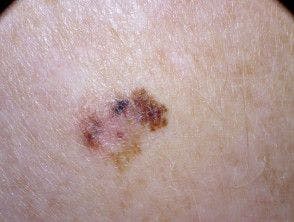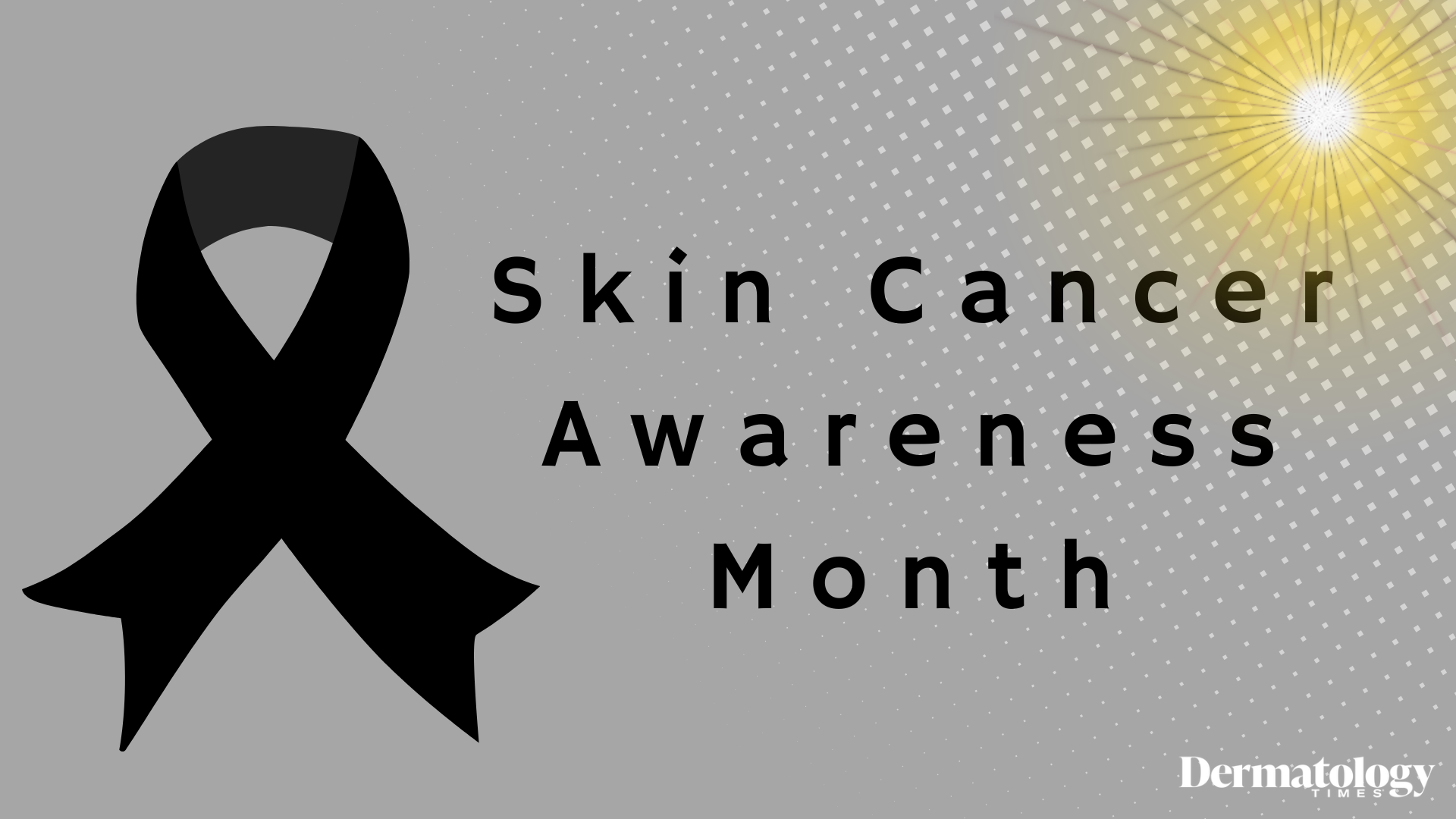- Acne
- Actinic Keratosis
- Aesthetics
- Alopecia
- Atopic Dermatitis
- Buy-and-Bill
- COVID-19
- Case-Based Roundtable
- Chronic Hand Eczema
- Chronic Spontaneous Urticaria
- Drug Watch
- Eczema
- General Dermatology
- Hidradenitis Suppurativa
- Melasma
- NP and PA
- Pediatric Dermatology
- Pigmentary Disorders
- Practice Management
- Precision Medicine and Biologics
- Prurigo Nodularis
- Psoriasis
- Psoriatic Arthritis
- Rare Disease
- Rosacea
- Skin Cancer
- Vitiligo
- Wound Care
News
Article
Dermatology Times
Psoriasis and Sunburn: New Study Highlights Increased Risk and Clinical Implications
Sara Osborne, a fourth-year medical student and the lead author on the study, spoke with Dermatology Times on key findings and explain the need for further investigation.
Sara Osborne

A recent study presented at the 2024 American Academy of Dermatology Annual Meeting explored the relationship between psoriasis and sunburn in a US population aged 20 to 59 years, using data from the National Health and Nutrition Examination Survey from 2009 to 2014. It found that patients with psoriasis had a higher prevalence of sunburns (55.4%) compared with those without psoriasis (45.6%), with a significant association noted particularly in adults aged 20 to 39 years. Sara Osborne, a fourth-year medical student at the University of Minnesota in Minneapolis, served as the lead author and participated in a Q&A with Dermatology Times to highlight key findings and explain the need for further investigation into other contributing factors and potential underlying mechanisms linking psoriasis and sunburn.1
Dermatology Times: What motivated the study to specifically investigate the relationship between psoriasis and sunburn, considering the broader spectrum of potential complications associated with psoriasis treatment?
Osborne: Our study investigating the relationship between sunburn and psoriasis was partly motivated by findings from previous research suggesting that psoriasis may increase the risk of skin cancer.2,3 Given the link between sunburns and a heightened risk of skin cancer, we were intrigued to investigate whether individuals with psoriasis experience sunburns more frequently than those without the condition.
DT: The study found a higher prevalence of sunburn among adults with psoriasis than in those without. Tell us about the potential mechanisms behind this association?
Osborne: The link between psoriasis and an increased susceptibility to sunburns may stem from both behavioral and biological factors. Behaviorally, individuals with psoriasis might be more inclined to seek out both natural and artificial light sources due to the recognized benefits of light therapy in managing this condition.4 This behavior could inadvertently raise their risk of sunburn.5 From a biological standpoint, there are inherent differences in individuals with psoriasis that might also contribute to this increased risk. For instance, the heightened inflammation in psoriasis disrupts the skin’s barrier function, making it less effective at protecting against UV radiation and potentially leading to more severe sunburns.6 Additionally, the proinflammatory cytokines involved, like interleukin (IL)-17 and IL-22, can exacerbate the skin’s response to sun exposure.7
DT: Were there any unexpected findings or trends within the 20-to-39 age group that merit further exploration?
Osborne: Peer-reviewed literature supports the observation that sunburn occurrences are more prevalent among younger adults. For example, surveys from the United States spanning 2005, 2010, and 2015 indicate that 43% to 50% of adults aged 18 to 39 years and 28% to 42% of those aged 40 to 59 years reported at least 1 sunburn within the respective years.8 In our study, individuals with psoriasis demonstrated higher rates of sunburn compared with their nonpsoriatic peers within the same age brackets: 62.8% vs 51.1% among 20- to 39-year-old [individuals], and 50.5% vs 40.2% among 40- to 59-year-old [individuals], though it was only statistically significant among individuals 20 to 39 years of age.
DT: Could you discuss how confounding variables were identified and controlled for in the analysis, and whether any variables emerged as particularly influential?
Osborne: Multivariable logistic regression analyses were performed to assess the relationship between psoriasis and sunburn. Age, income, education, sex, race, tobacco use, diabetes, and body mass index were controlled for in our models due to their potentially confounding nature.
There was a significant difference in the racial/ethnic makeup between the psoriasis and nonpsoriasis cohorts. There was a higher proportion of non-Hispanic White [patients] (77%) in the psoriasis cohort, compared [with] non-Hispanic White [patients] in the nonpsoriasis cohort (62.5%) (P < .0001). Non-Hispanic White [patients] are typically more prone to sunburn due to lighter Fitzpatrick skin types. However, we adjusted for race/ethnicity in our analysis to ensure the effects we observed were due to psoriasis alone, not influenced by racial or ethnic differences. This approach allows us to accurately depict the relationship between psoriasis and sunburn, minimizing bias from demographic variations.
DT: What specific aspects or variables would you prioritize in future research?
Osborne: Future research should explore the specific biological and behavioral factors that might cause the increased sunburn risk in [patients with psoriasis]. From a behavioral standpoint, it would be interesting to examine the frequency and type of light exposure, distinguishing [among] natural sunlight, tanning beds, medically prescribed phototherapy, etc. This will help clarify how different light sources potentially contribute to sunburn and skin cancer risk among individuals with psoriasis.
To assess potential biological factors, future studies should explore whether the severity of psoriasis influences the likelihood of developing sunburns, with a particular focus on whether heightened inflammation associated with more severe cases of psoriasis increases susceptibility to sunburn.
Understanding how these factors might accelerate or exacerbate skin cancer development in this population is crucial, as it could lead to more targeted prevention strategies and inform clinical guidelines for managing and monitoring [the skin health of patients with psoriasis] more effectively.
Sara Osborne is a fourth-year medical student at the University of Minnesota who recently completed a yearlong research fellowship with Jashin J. Wu, MD. She has been elected to both the Alpha Omega Alpha Honor Medical Society and the Gold Humanism Honors Society, and her dermatologic interests include psoriasis, atopic dermatitis, pediatric dermatology, and laser medicine.
References
1. Osborne S, Kam O, George S, et al. Association between psoriasis and sunburns among U.S. adults aged 20-39 in the National Health and Nutrition Examination Survey from 2009-2014. Presented at: 2024 American Academy of Dermatology Annual Meeting; March 8-12, 2024; San Diego, CA.
2. Balda A, Wani I, Roohi TF, et al. Psoriasis and skin cancer - is there a link? Int Immunopharmacol. 2023;121:110464. doi:10.1016/j.intimp.2023.110464
3. Herbosa CM, Hodges W, Mann C, Demehri S, Cornelius LA, Semenov YR. Risk of cancer in psoriasis: study of a nationally representative sample of the US population with comparison to a single-institution cohort. J Eur Acad Dermatol Venereol. 2020;34(9):e529-e531. doi:10.1111/jdv.16447
4. Elmets CA, Lim HW, Stoff B, et al. Joint American Academy of Dermatology-National Psoriasis Foundation guidelines of care for the management and treatment of psoriasis with phototherapy. J Am Acad Dermatol. 2019;81(3):775-804. doi:10.1016/j.jaad.2019.04.042
5. Åkerla P, Pukkala E, Helminen M, Korhonen N, Karppinen T. Skin cancer risk of narrow-band UV-B (TL-01) phototherapy: a multi-center registry study with 4,815 patients. Acta Derm Venereol. 2024;104:adv39927. doi:10.2340/actadv.v104.39927
6. Langley RG, Krueger GG, Griffiths CE. Psoriasis: epidemiology, clinical features, and quality of life. Ann Rheum Dis. 2019;64(suppl 2):ii18-ii23. doi:10.1136/ard.2004.033217
7. Nestle FO, Kaplan DH, Barker J. Psoriasis. N Engl J Med. 2009;361(5):496-509. doi:10.1056/NEJMra0804595
8. Holman DM, Ding H, Berkowitz Z, Hartman AM, Perna FM. Sunburn prevalence among US adults, National Health Interview Survey 2005, 2010, and 2015. J Am Acad Dermatol. 2019;80(3):817-820. doi:10.1016/j.jaad.2018.10.044

Newsletter
Like what you’re reading? Subscribe to Dermatology Times for weekly updates on therapies, innovations, and real-world practice tips.






















